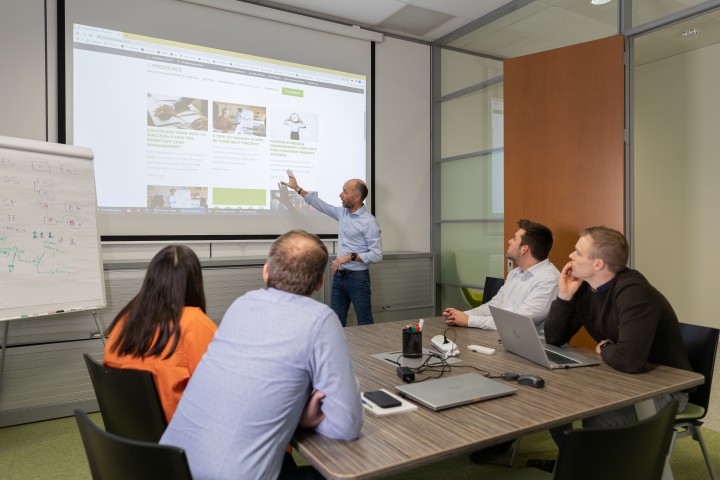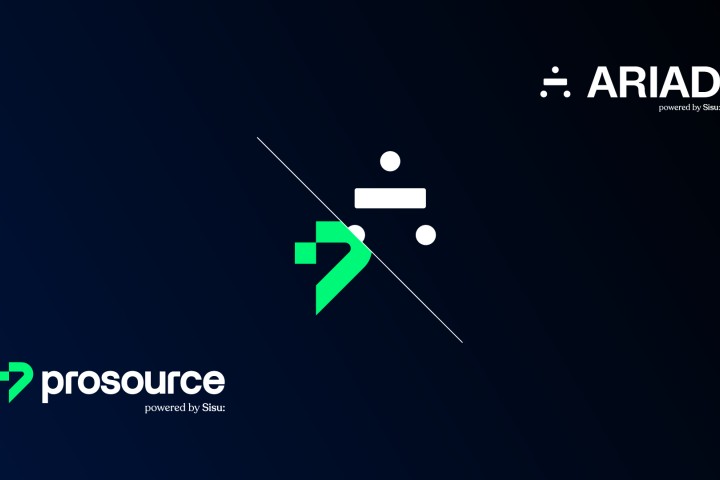The Work Breakdown Structure: Every PM’s Compass
-
Insight
-
Project Management
What a compass is to an explorer or a tactics board is to a basketball coach. That’s what the Work Breakdown Structure is to Project Managers. Read on to learn more about the Work Breakdown Structure!
What a compass is to an explorer or a tactics board is to a basketball coach. That’s what the Work Breakdown Structure is to Project Managers.
WHAT IS A WORK BREAKDOWN STRUCTURE IN PROJECT MANAGEMENT
The PMBOK defines the Work Breakdown Structure (WBS) as: “a deliverable-oriented hierarchical decomposition of the work to be executed by the project team to accomplish the project objectives and create the required deliverables.”
The word ‘decomposition’ shows that we will break down the project into smaller components. The WBS focuses on deliverables. We don’t subdivide based on activities but on results or work packages. The outcome of these work packages can be a product or service. All these elements are structured hierarchically.
THE ELEMENTS OF THE WORK BREAKDOWN STRUCTURE
The WBS’s top layer consists of the project’s name or the intended result. Followed by three fundamental layers in the WBS:
- Control Accounts (CA): this contains the main deliverables and phases of the project. It also acts as a control point where the defined scope, cost and schedule can be compared with the earned value. This way, it is possible to see how the project has progressed on each control account. We usually find components such as project phases, major deliverables or subprojects at this level.
- Planning packages (PP): the planning packages are hierarchically below the control accounts. The work within a planning package is known but hasn’t necessarily been planned. It’s not mandatory to include planning packages in the work breakdown structure. We break down planning packages into work packages.
- Work packages (WP): the work packages are at the lowest level of the WBS. Here the work can be estimated and managed in terms of cost and duration. For some deliverables, decomposition may not yet be possible, so you can wait with that until it is clear. This technique is called rolling wave planning.
SOME RULES OF THUMB FOR DRAWING UP THE WBS
- Draw up the work breakdown structure in collaboration with the project team and make sure your WBS focuses on deliverables and not on activities or tasks.
Remember: deliverables = work packages = result, product or service!
- Apply the 100% rule: everything within the project scope should be included in the WBS. This implies that the Project Manager’s own work should also be included, such as the preparation of all planning activity. This is often overlooked, but it affects the elements of time, cost and scope significantly.
- Provide just enough division or decomposition, not too much and not too little. A work package should be split up until it is measurable and it no longer makes sense from a practical point of view to divide it further. That way, the work package can be planned and delivered. But excessive splitting can become counterproductive and just reduce efficiency. Therefore, the right degree of decomposition is an art.
-
Divide the different packages in the WBS correctly, ensure that each work package is necessary to complete the corresponding planning package and that there is no overlap in terms of scope between the work packages and planning packages.
USING THE WBS THROUGHOUT THE PROJECT
If you were still wondering why the work breakdown structure is so important, it’s the Project Manager’s guide throughout the project.
The WBS is the foundation for your project schedule. Critical exercises like cost estimation, budgeting, resource allocation and risk assessment lean on the WBS as a starting point.
Finally, it helps you navigate through the project and helps avoid common mistakes. Just think of missed deadlines, scope creep and cost overruns.
By using the WBS you’ll notice and avert such issues much faster.
Do you also use the work breakdown structure as a guide throughout your projects? We’d love to hear about your experiences!
Do you have any questions regarding the WBS for your project? Our team is happy to help.






























